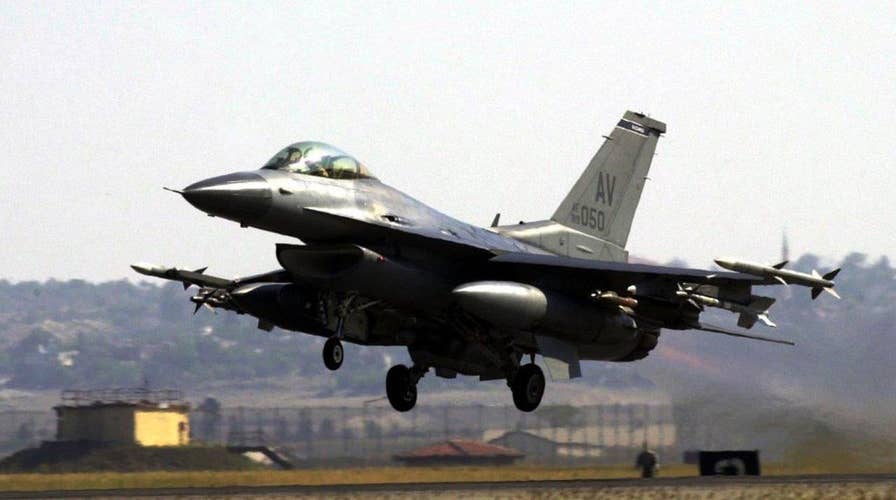Report: US nuclear weapons in Turkey at risk of seizure
Failed coup and arrest of air base commander raises concerns about nukes
The death of a Turkish soldier in the newest battlefront of the Syrian war is stoking tensions between two U.S. allies, Turkey’s military and Syrian Kurdish rebels, heightening the risk to U.S. forces in the area and their common fight against Islamic State.
Syrian monitoring groups said that at least 70 people were killed over the weekend, mostly civilians, in the Turkish operations. The Turkish military said they killed at least 25 “terrorists,” and didn’t comment on the reported civilian deaths, except to say that commanders are taking all necessary measures to protect noncombatants. It wasn’t possible to independently verify the Syrian casualty figures or the identities of those killed.
Turkey’s military struck deeper into Syria with airstrikes and artillery strikes on Sunday after the Turkish soldier died and three others were wounded on Saturday when their tank unit came under attack by Kurdish rebels, known as the YPG.
There was no comment from U.S. officials about the escalation of fighting between the two sides—both of which are U.S. allies. It was unclear what role, if any, the U.S.-led coalition against Islamic State, of which Turkey is a member, had in the air campaign over the weekend.
The clashes underscore the complexity of the coalition’s campaign to reverse Islamic State’s territorial hold in Syria. American special operations forces are embedded with the YPG and earlier this month helped them oust Islamic State from the town of Manbij, less than 20 miles from Saturday’s hostilities. In general, those U.S. special operations forces have close contact with their Turkish counterparts, and they rely on Turkey for their rear supply lines, according to people familiar with the situation.
The U.S. also supports the Turkish-led campaign launched last week with Syrian Arab fighters who are rivals of the YPG. The initial goal of the operation was to clear Jarablus, along the Syria-Turkey border, of Islamic State positions and mop up any fighters that escaped Manbij, which is approximately 20 miles further south.

